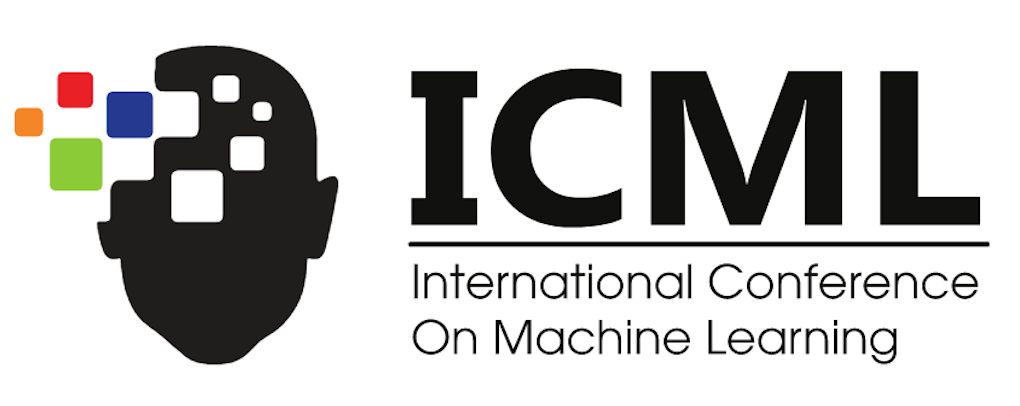Abstract:
Visual reasoning tasks such as visual question answering (VQA) require an interplay of visual perception with reasoning about the question semantics grounded in perception. Challenges like VCR (Zellers et al., 2019) and GQA (Hudson& Manning, 2019) facilitate scientific progress from perception models to visual reasoning. However, recent advances on GQA are still primarily driven by perception improvements (e.g. scene graph generation) rather than reasoning. Neuro-symbolic models such as MAC (Hudson& Manning, 2018) bring the benefits of compositional reasoning to VQA, but they are still entangled with visual representation learning, and thus neural reasoning is hard to improve and assess on its own.
To address this, we propose (1) a framework to isolate and evaluate the reasoning aspect of VQA separately from its perception, and (2) a novel top-down calibration technique that allows the model to answer reasoning questions even with imperfect perception. To this end, we introduce a differentiable first-order logic formalism for VQA that explicitly decouples question answering from visual perception. On the challenging GQA dataset, this approach is competitive with non-symbolic neural models while also interpretable by construction, composable with arbitrary pre-trained visual representation learning, and requires much fewer parameters.

